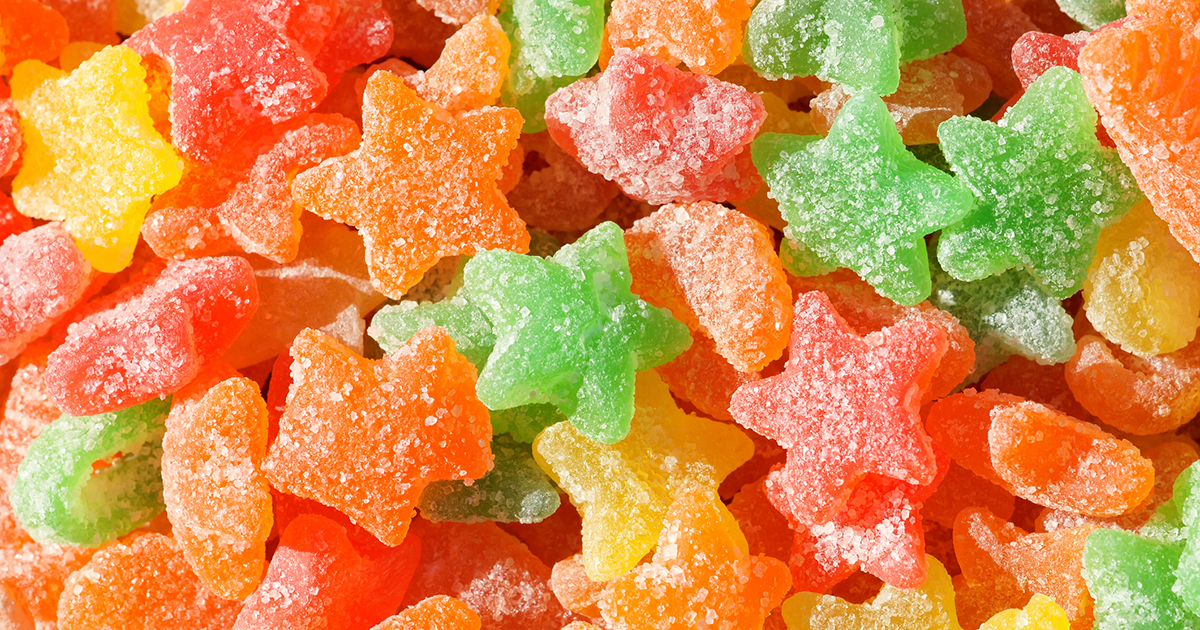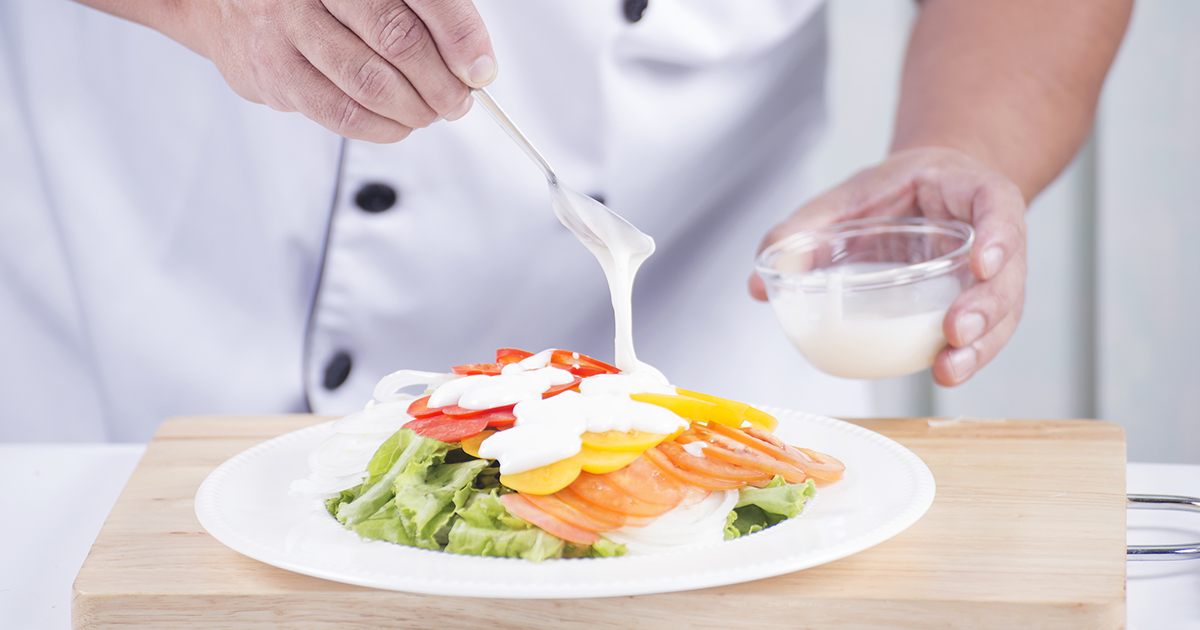Sneaky Food Additives
Sodium Benzoate
Sodium benzoate is a common food preservative and the sodium salt of benzoic acid. It is often added to foods and drinks, such as sodas, fruit juices, and salad dressings, to extend shelf life and prevent spoilage. It’s also naturally present in minuscule amounts in certain fruits and seasonings, such as cinnamon and cranberries. One of the main health concerns with this additive is its combination with ascorbic acid, which is a combination that allows the additive to become benzene. Benzene is a carcinogen linked to cancers of the blood, such as leukemia. Sodium benzoate is limited to 0.1 content per weight in food and drink sources, but consuming multiple servings can easily put an individual over the limit. Studies have also found any amount of sodium benzoate can be harmful to those with attention deficit hyperactivity disorder, as it may trigger or enhance hyperactivity symptoms.
It's time to reveal the next sneak food additive.
Artificial Food Coloring

Without food coloring, pistachio ice cream wouldn’t be green, and even the signature yellow of butter wouldn’t exist. Between thirty and forty percent of the United States' food supply contains artificial food coloring, and it’s estimated consumption has increased five hundredfold over the last fifty years. Artificial food coloring has a plethora of names that make it hard to identify on a label. Consumers will find one, often more, dyes in everything from candies and gelatins to hot dogs and lunch meat. Each artificial coloring has its own share of potential negative health effects. Blue has been linked to bladder and stomach tumors in mice. Green has been linked to stomach tumors, and its research has been profound enough to get it banned by the European Union and several other countries. Red #40 and several others have been found to trigger and worsen hyperactivity in those with attention deficit hyperactivity disorder and cause immune system tumors. Consumer watchdogs say one of the many benefits of a whole food diet is the avoidance of these potentially harmful dye chemicals.
Get to know more sneaky food additives now.
